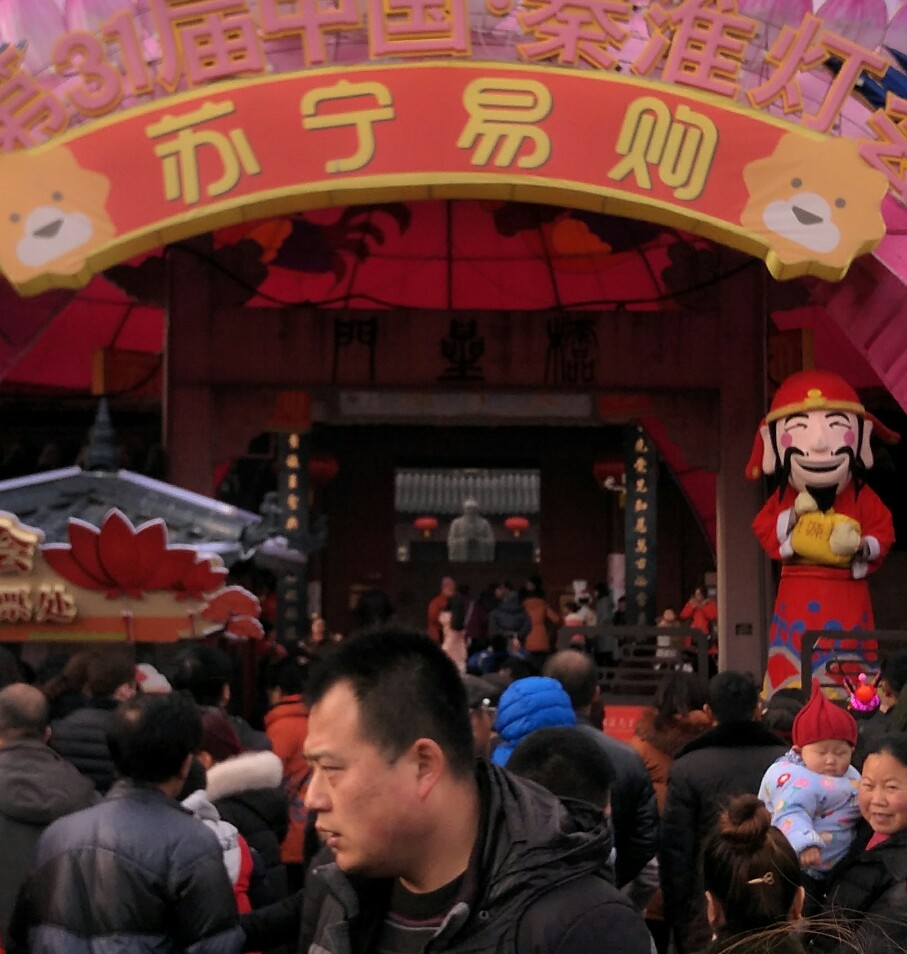
Sometimes, visiting a big city like Nanjing or Shanghai can be a bad idea, especially if it’s during a national holiday like Spring Festival. Literally, tens of thousands of Chinese people have the same idea, and places like Fuzimiao 夫子庙 — the Confucian Temple — become so crowded it becomes hard to navigate or even walk sometimes. For example, this is a recent picture of the temple’s entrance. You can see the doorway into the place, as well as Confucius himself, right above the Chinese guy’s head. This place was that crowded.
The temple itself is thousands of years old. It has been destroyed and rebuilt. At one point, it was so disregarded that the Kuomintang (KMT) once used the place as a barracks during the civil war / revolution that they lost to the communists. The place didn’t start undergoing renovation and historical preservation until 1985. Although it’s a tourist trap now, historically the area had been dedicated to studying Confucian thought. Some of the other musuems in this greater area are also dedicated to higher learning and taking the imperial exams. After all, Nanjing used to be the capital of China.
The following are some pictures I found recently on an old phone. This is when I could get in two years back. At the time, I visited the place with my father when he had flown out from Monmouth County, New Jersey, for a visit. I had other photos of the place, but that was on a camera that I eventually lost in Beijing at the Great Wall.
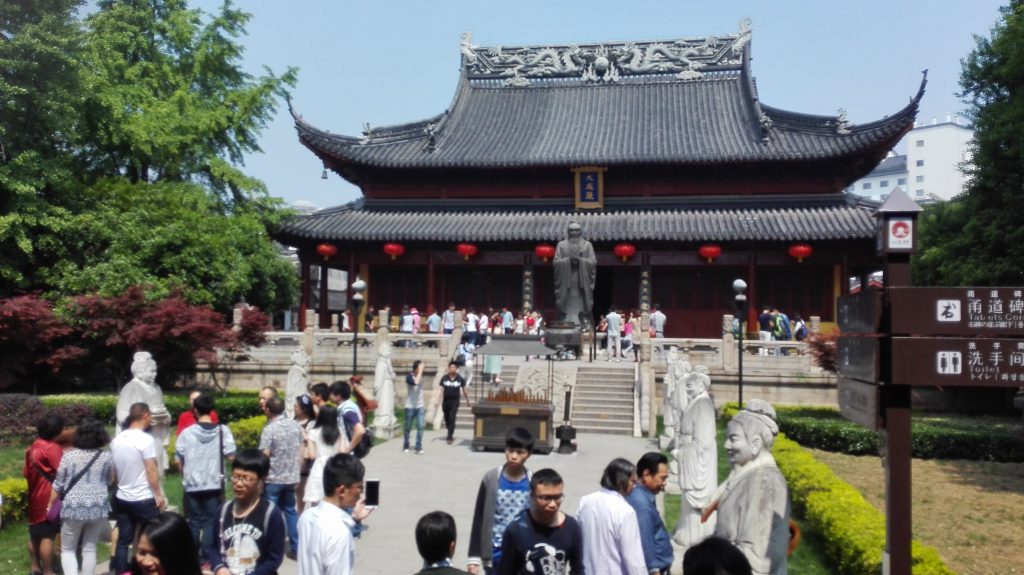
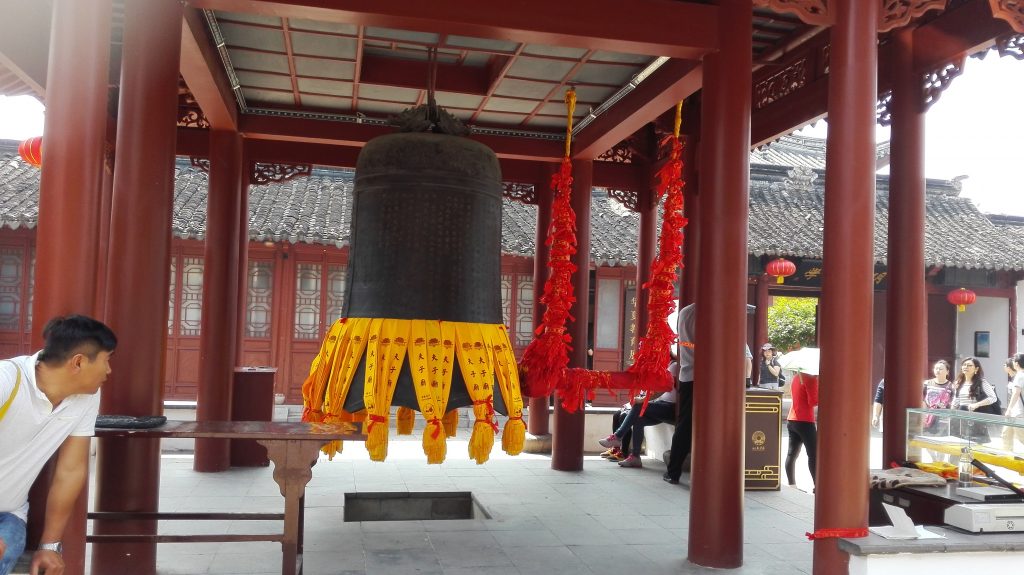
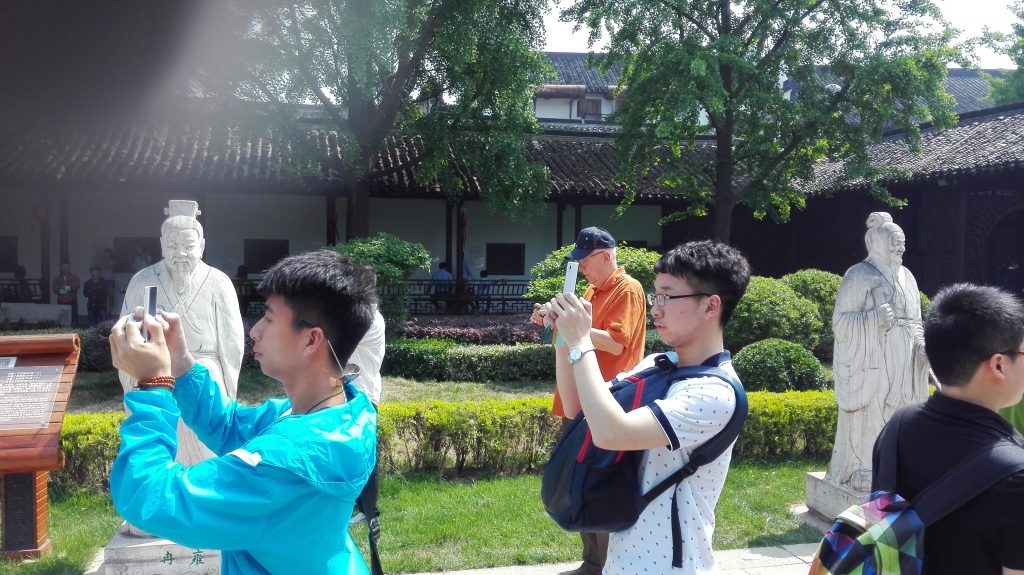
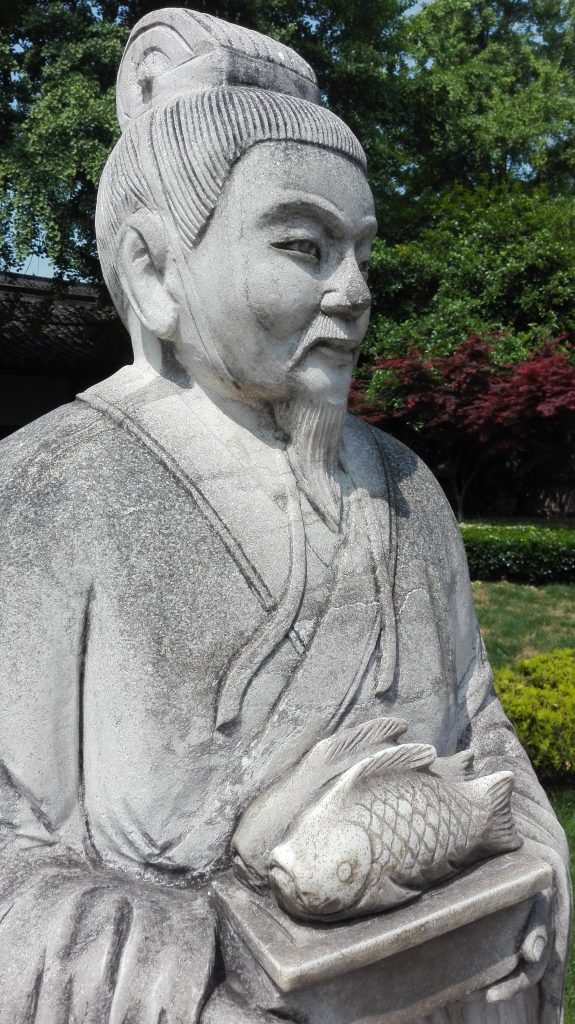
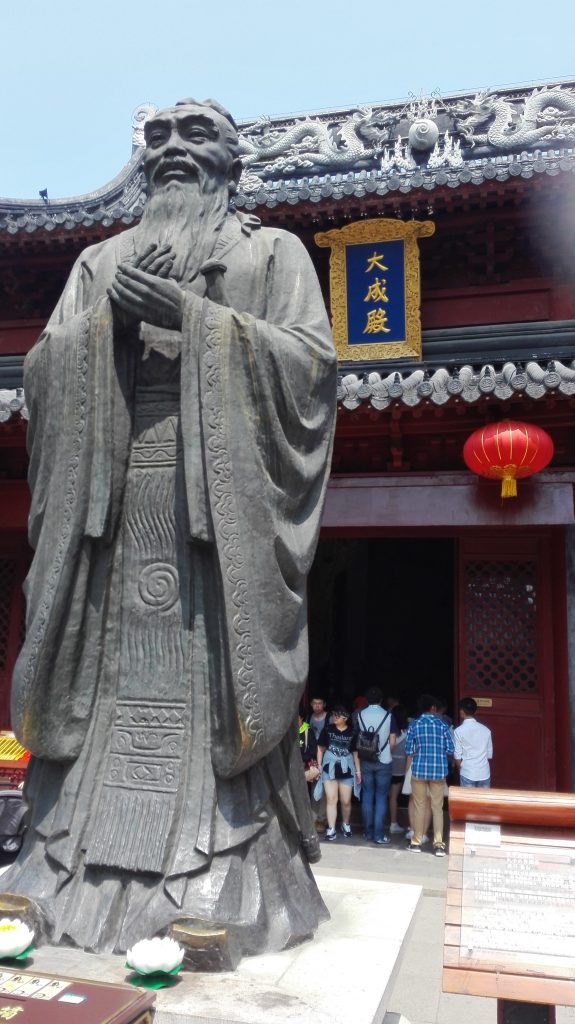
The thing I always find interesting about Confucian temples in China is that it’s not really a “religion,” but you still see altars and places to burn incense and light candles. Confucius never claimed to be a mystical figure, and his book, The Analects, reads more like sagely advice on governing and living — not something about the supernatural regarding god or a pantheon of deities. But, sometimes in Chinese Culture, the line between “religion” and respecting one’s elders and ancestors can be thin.

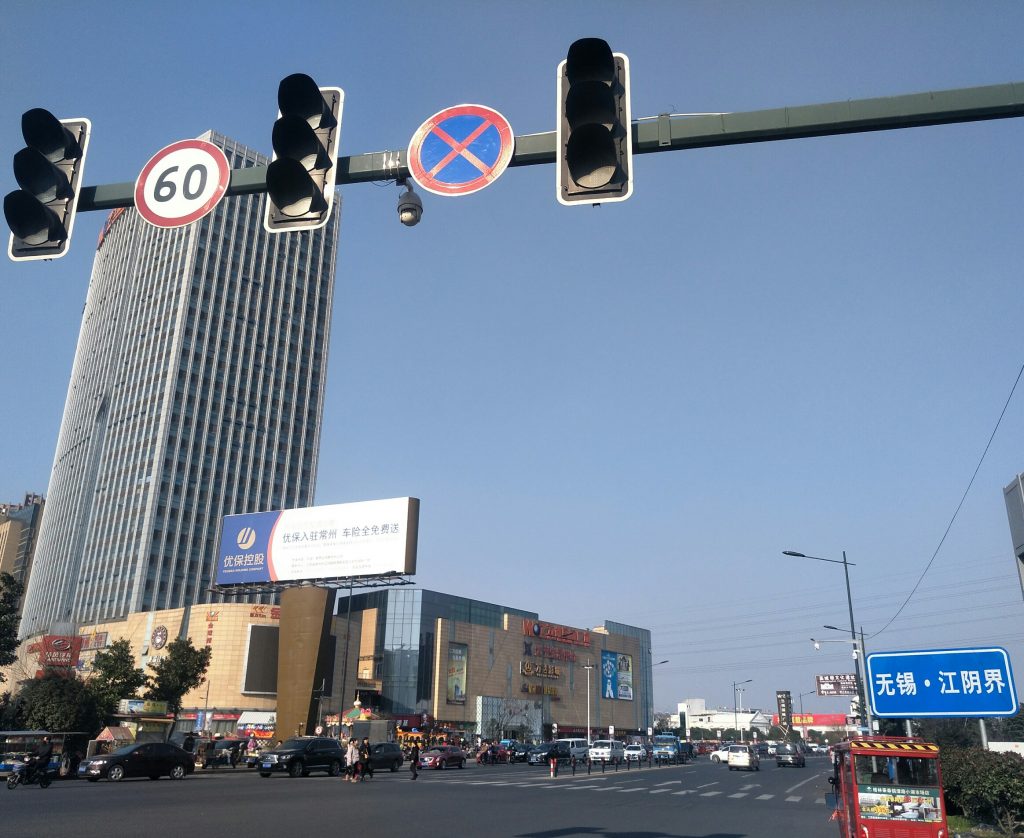
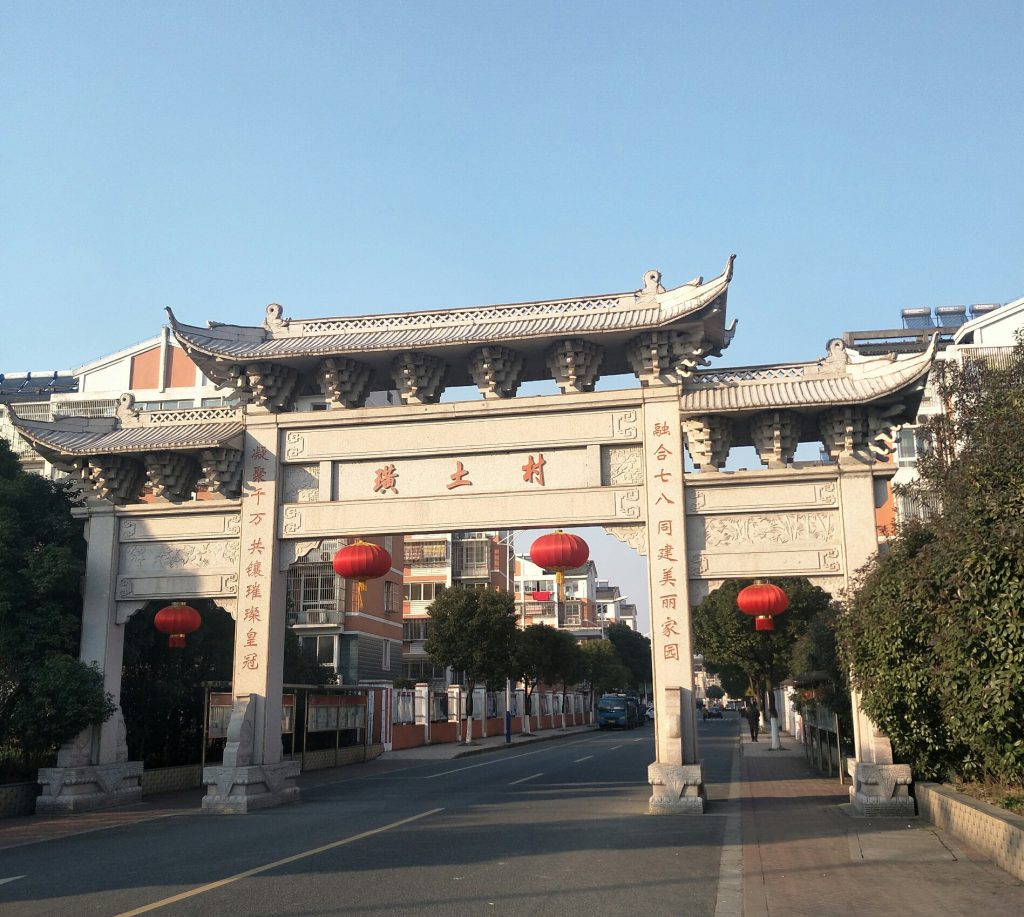
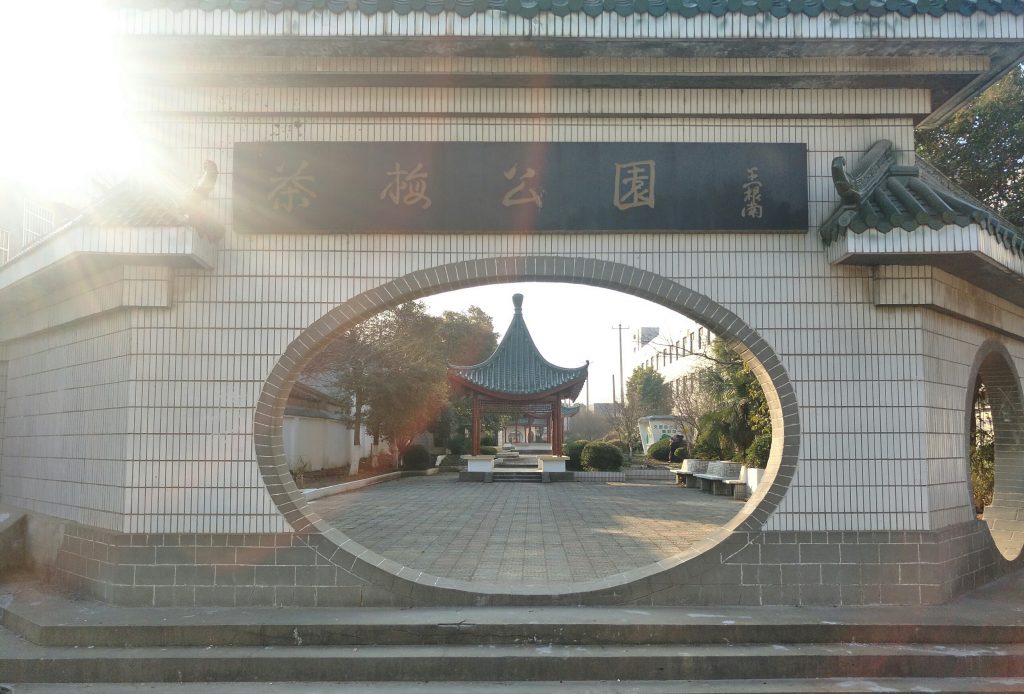

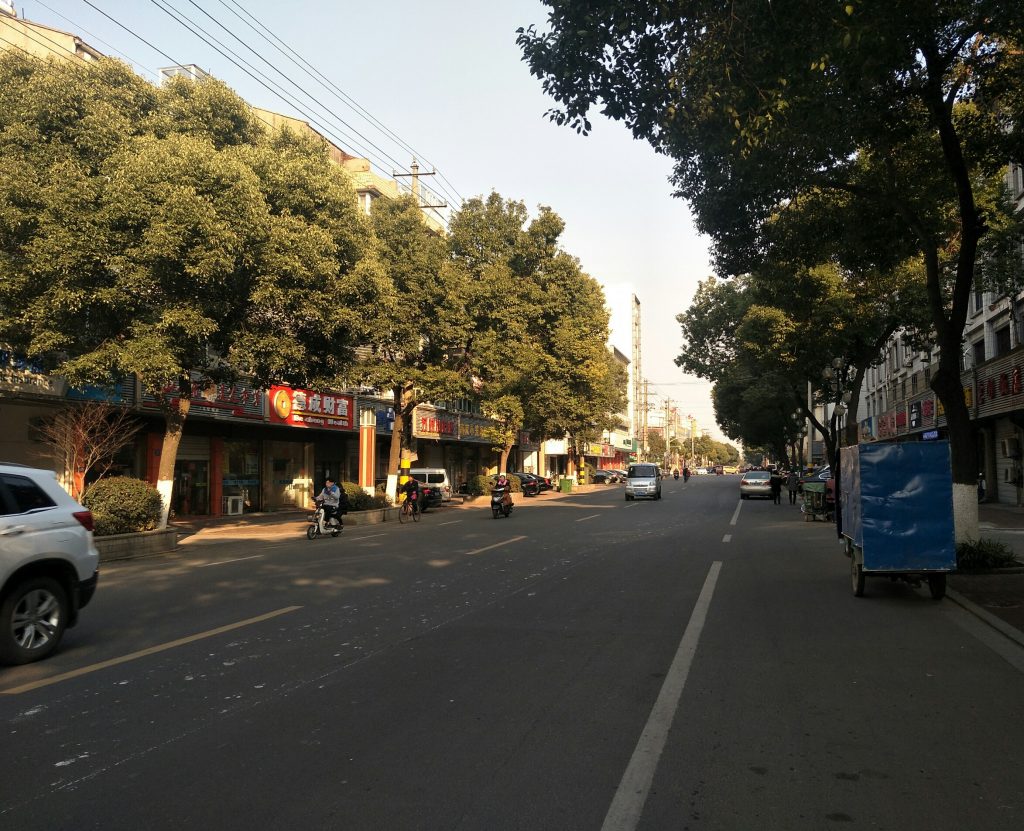
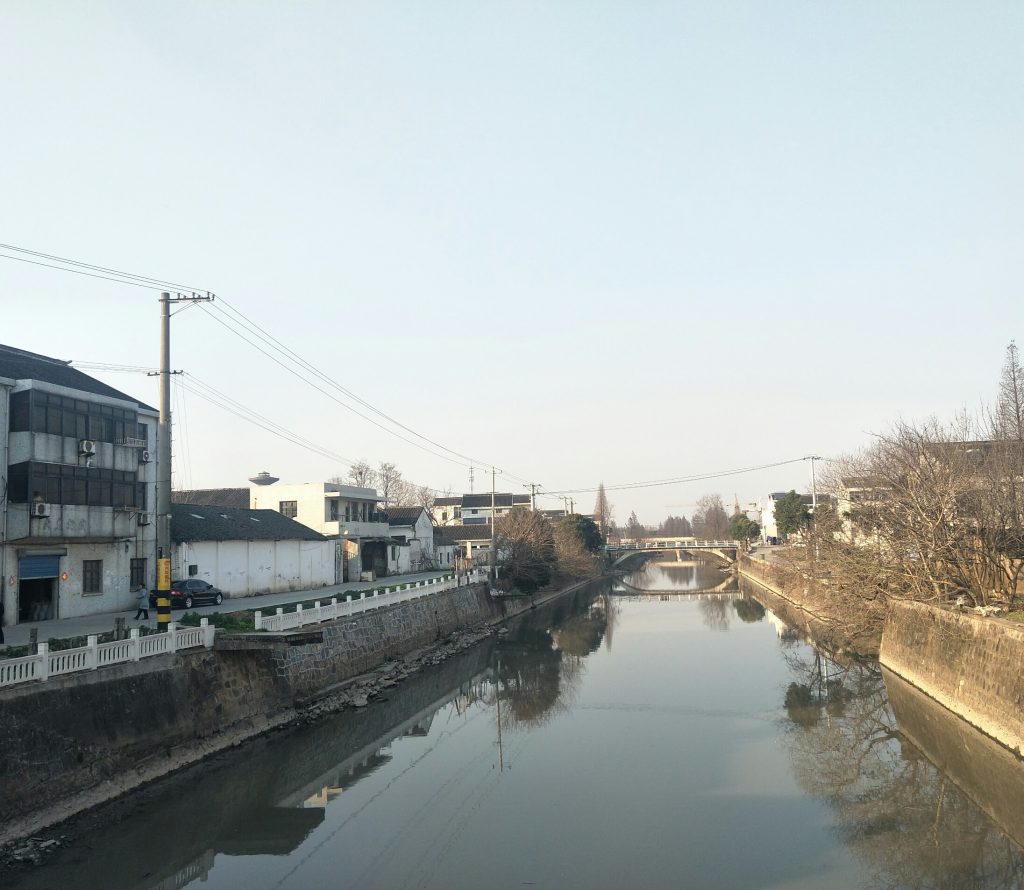
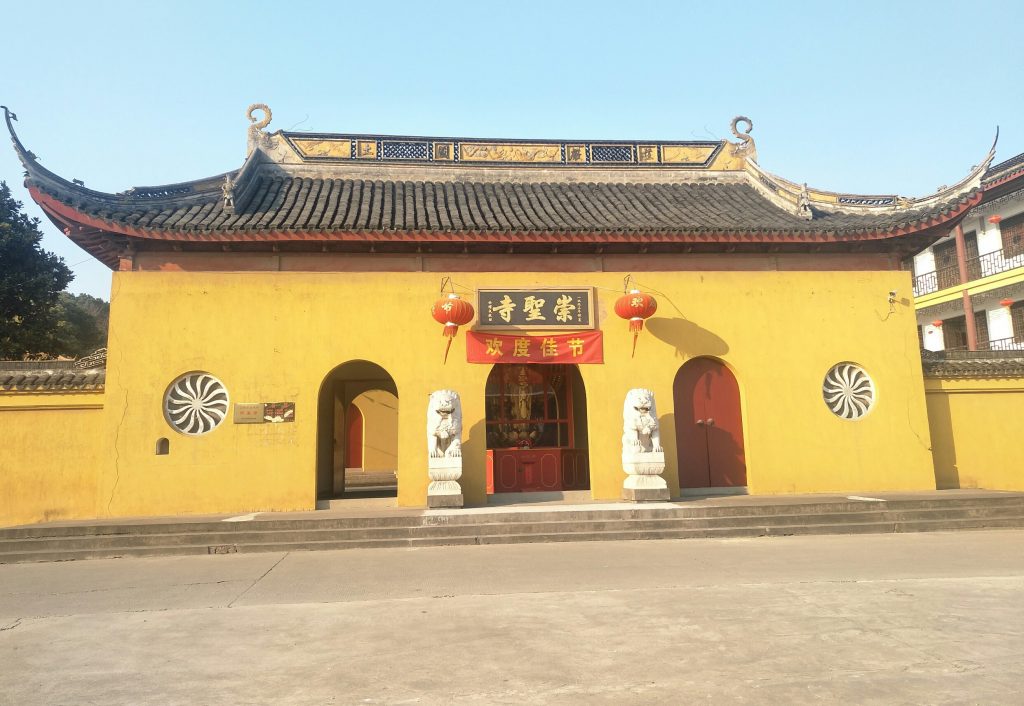
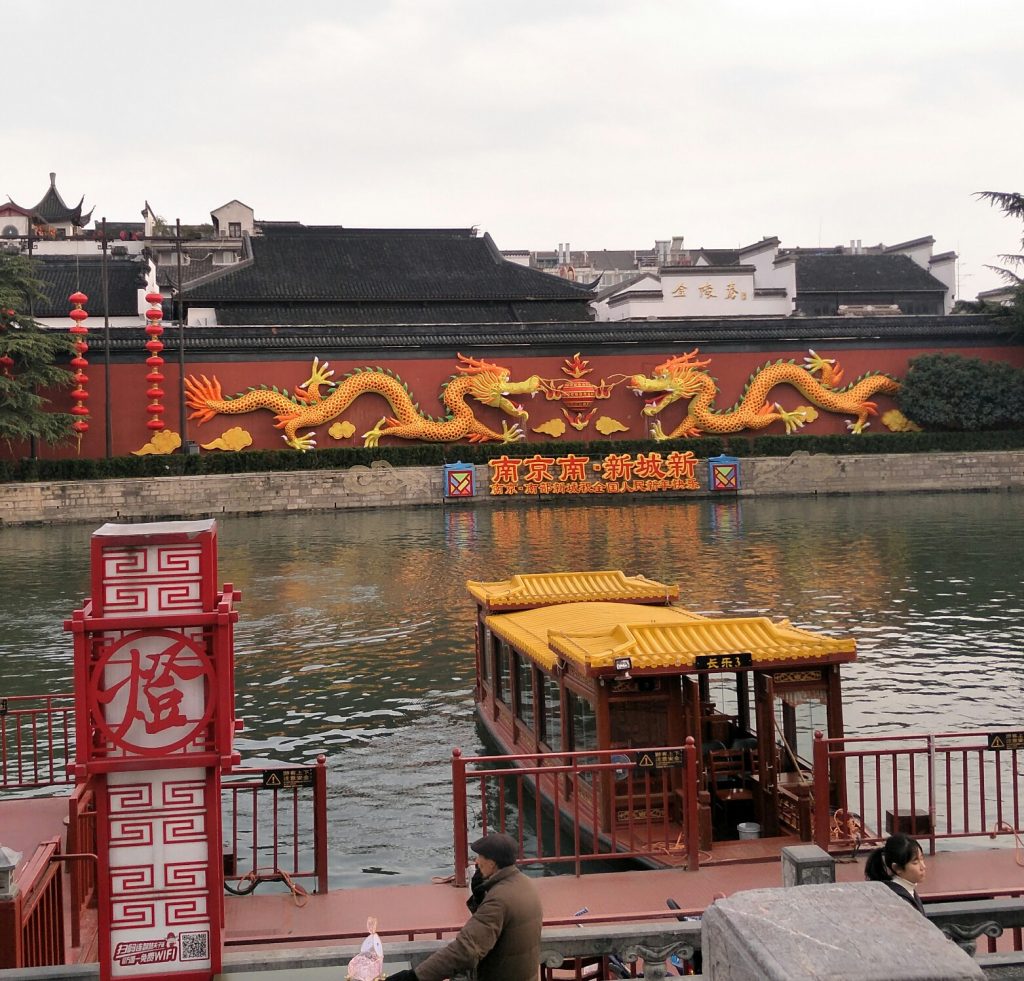
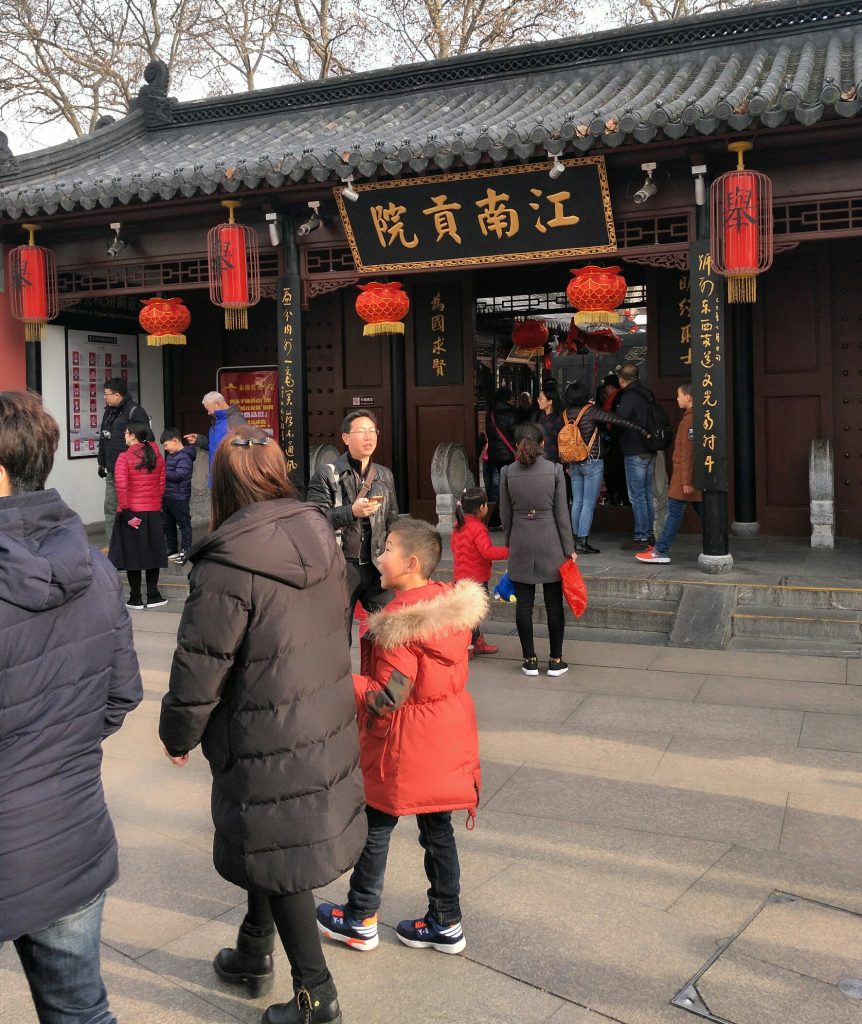
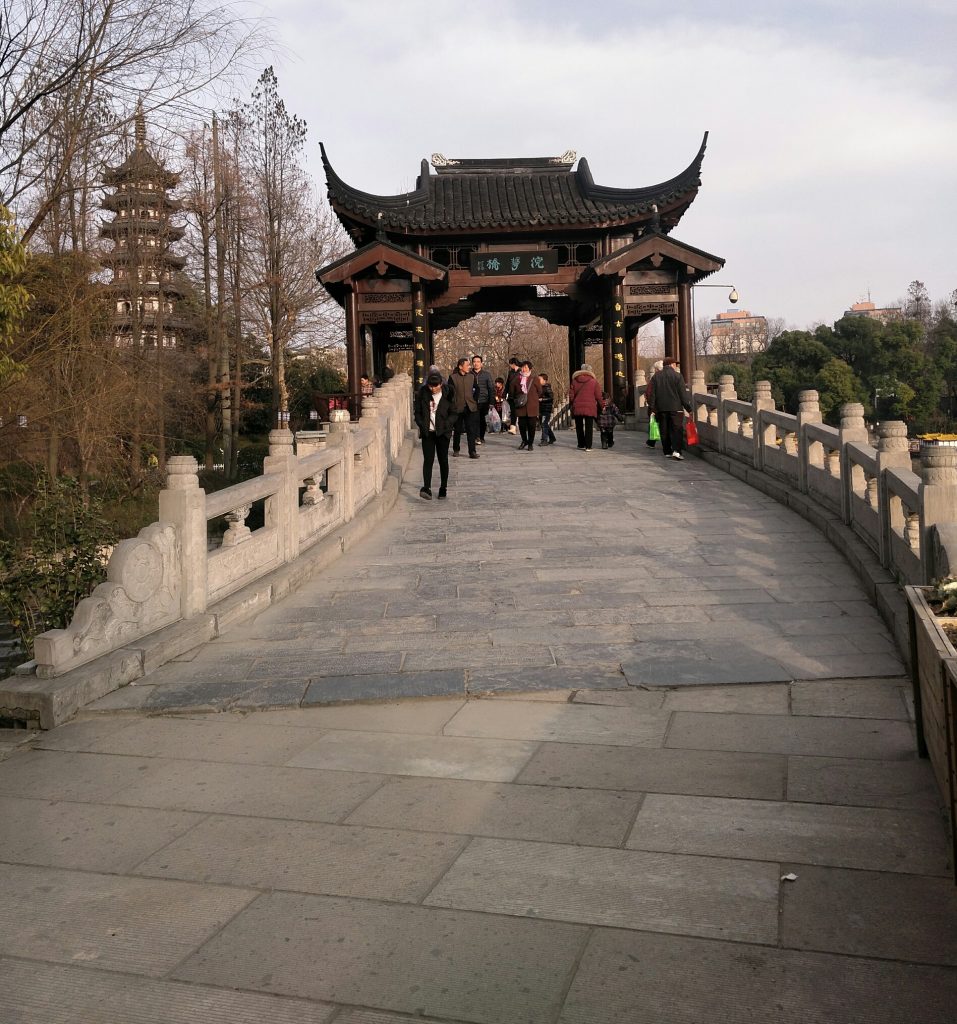
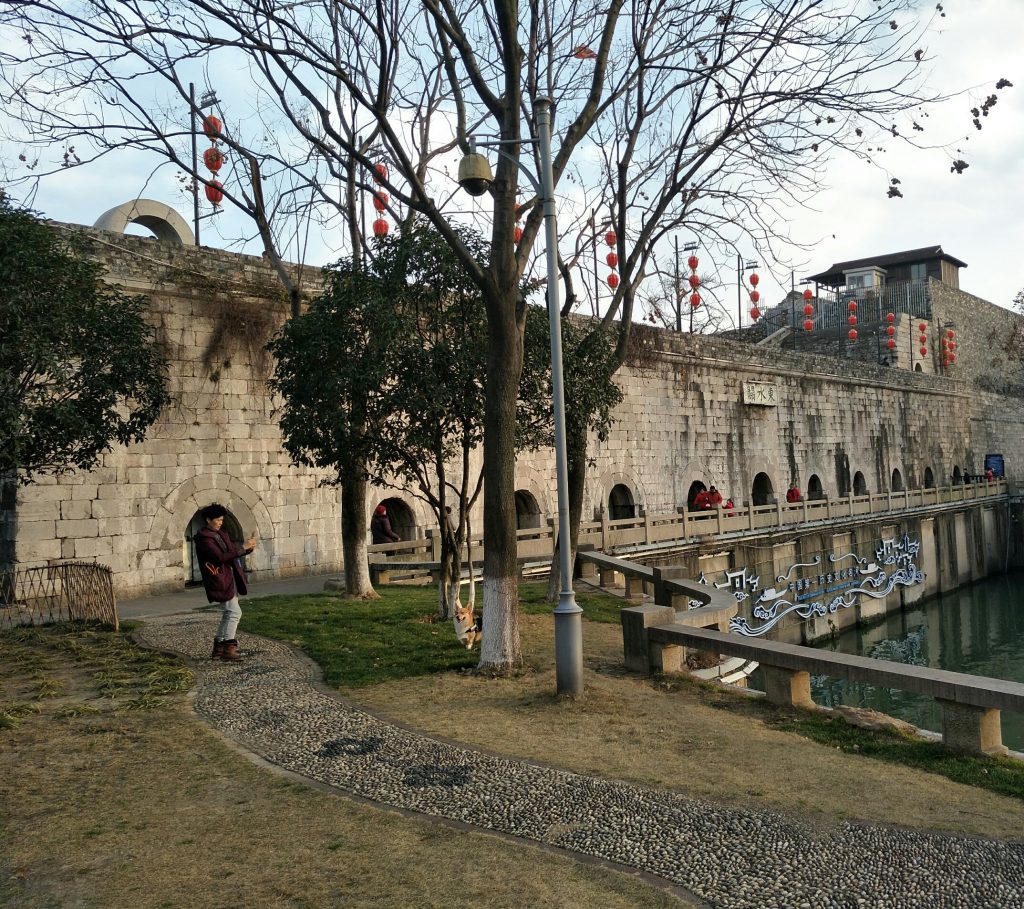
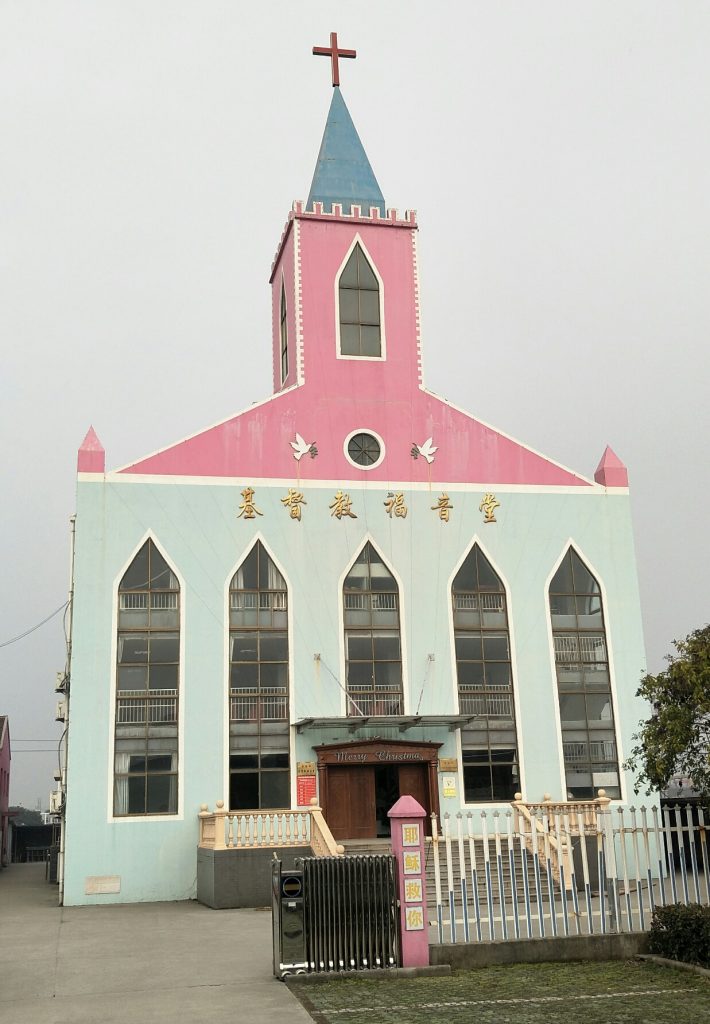
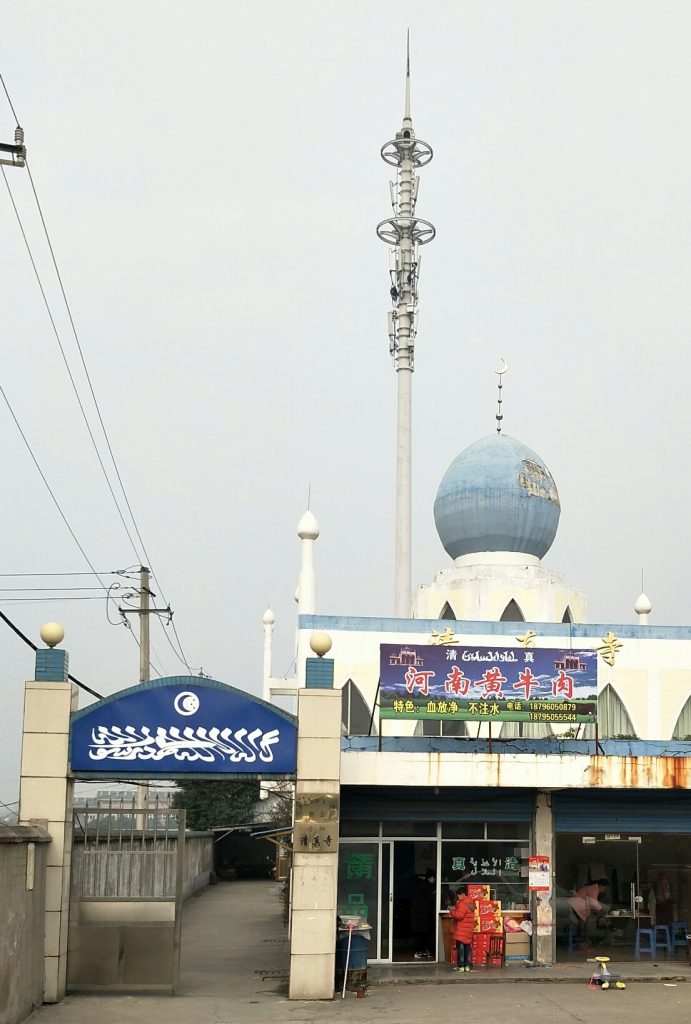
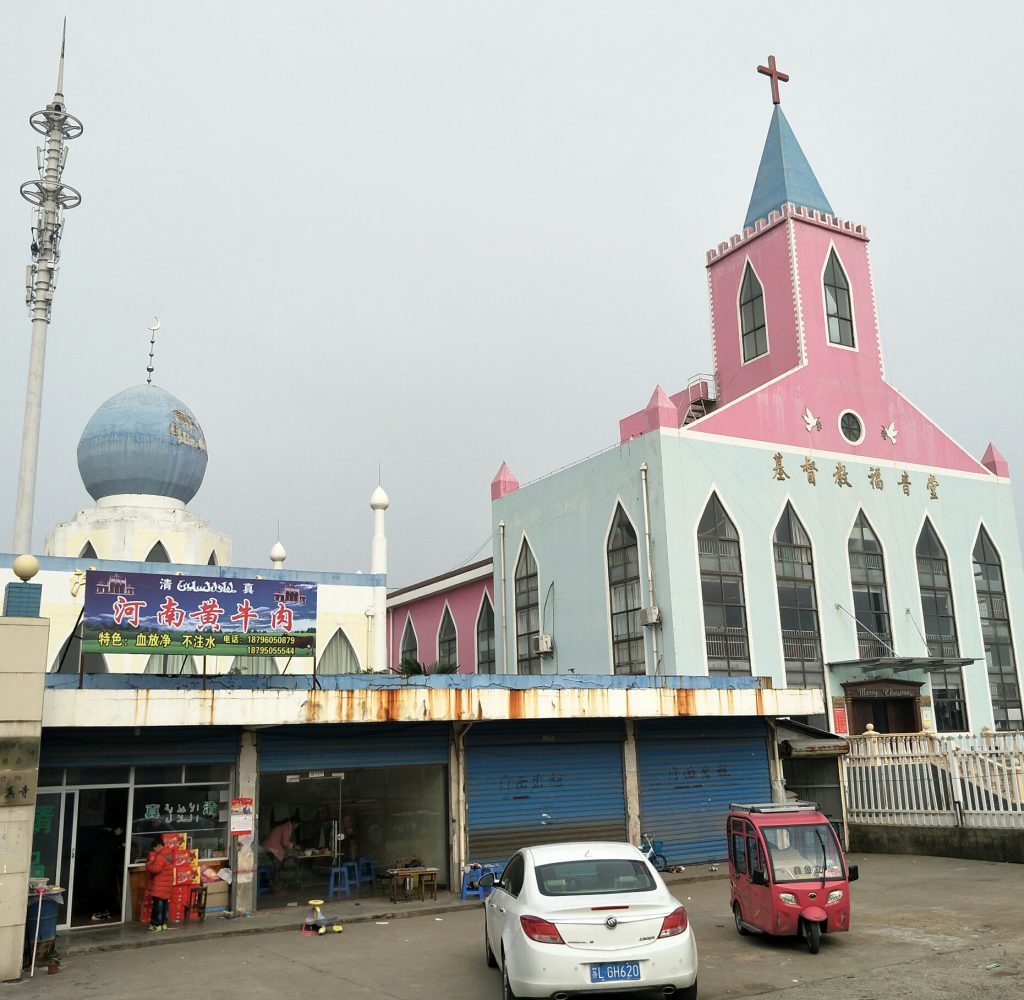
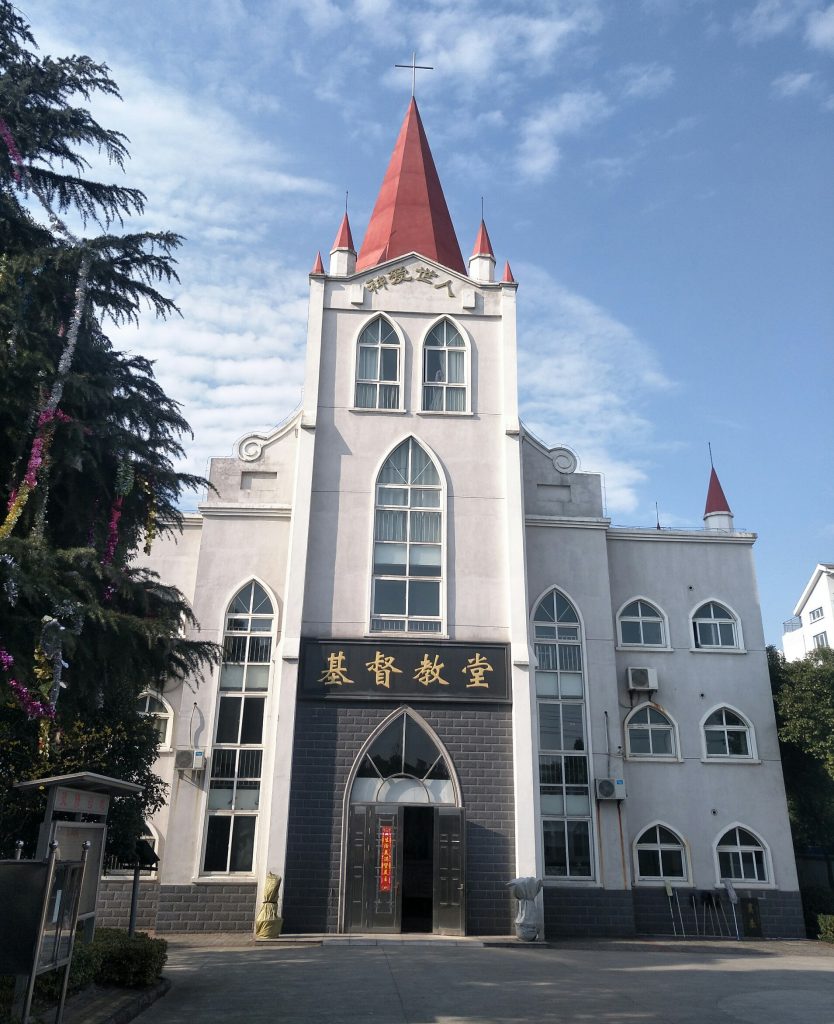
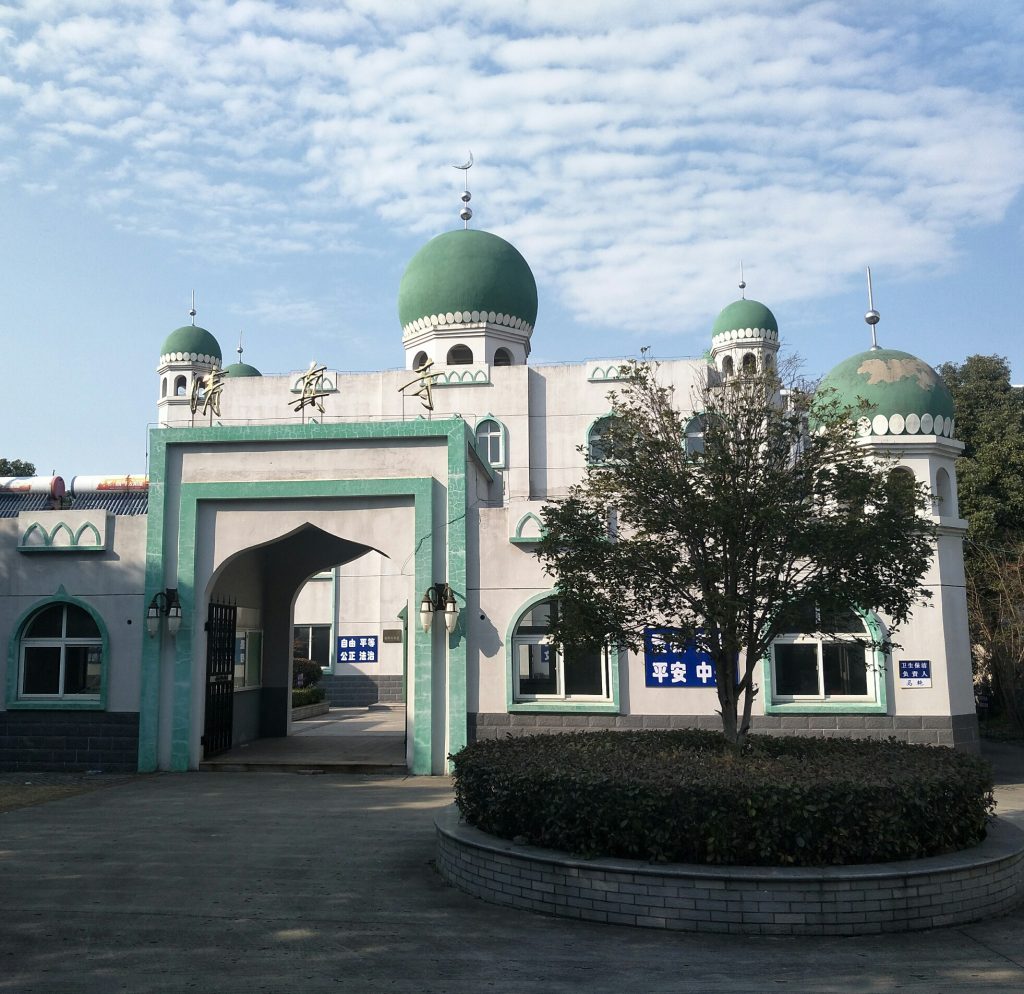
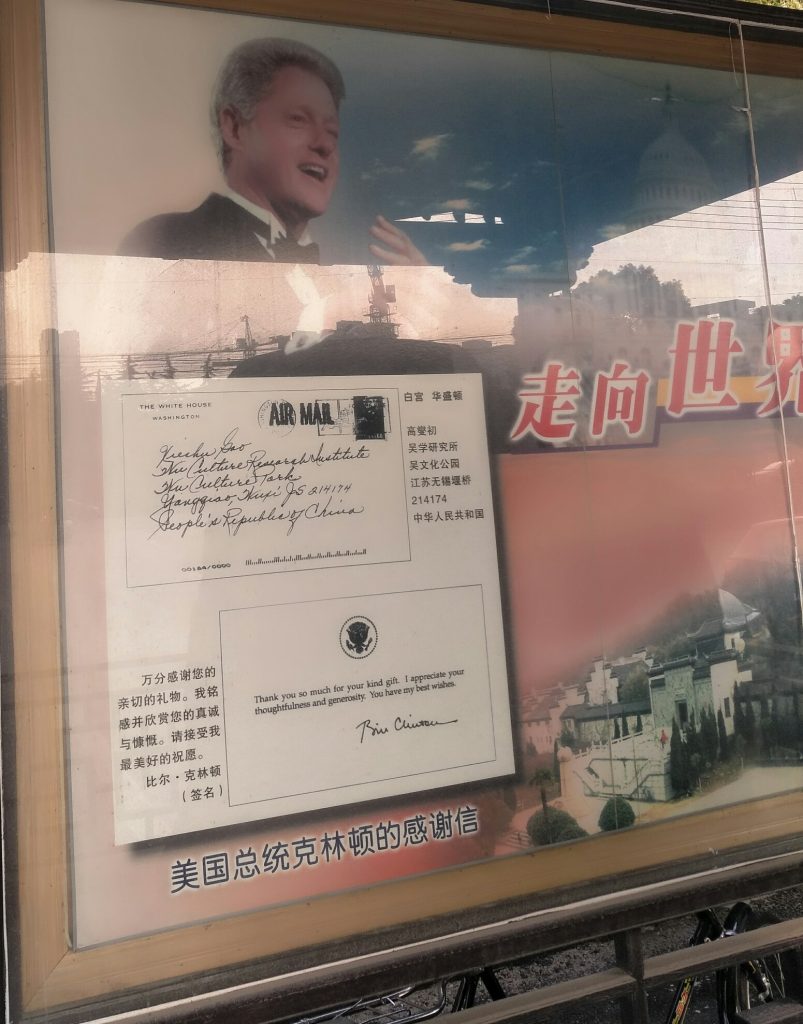

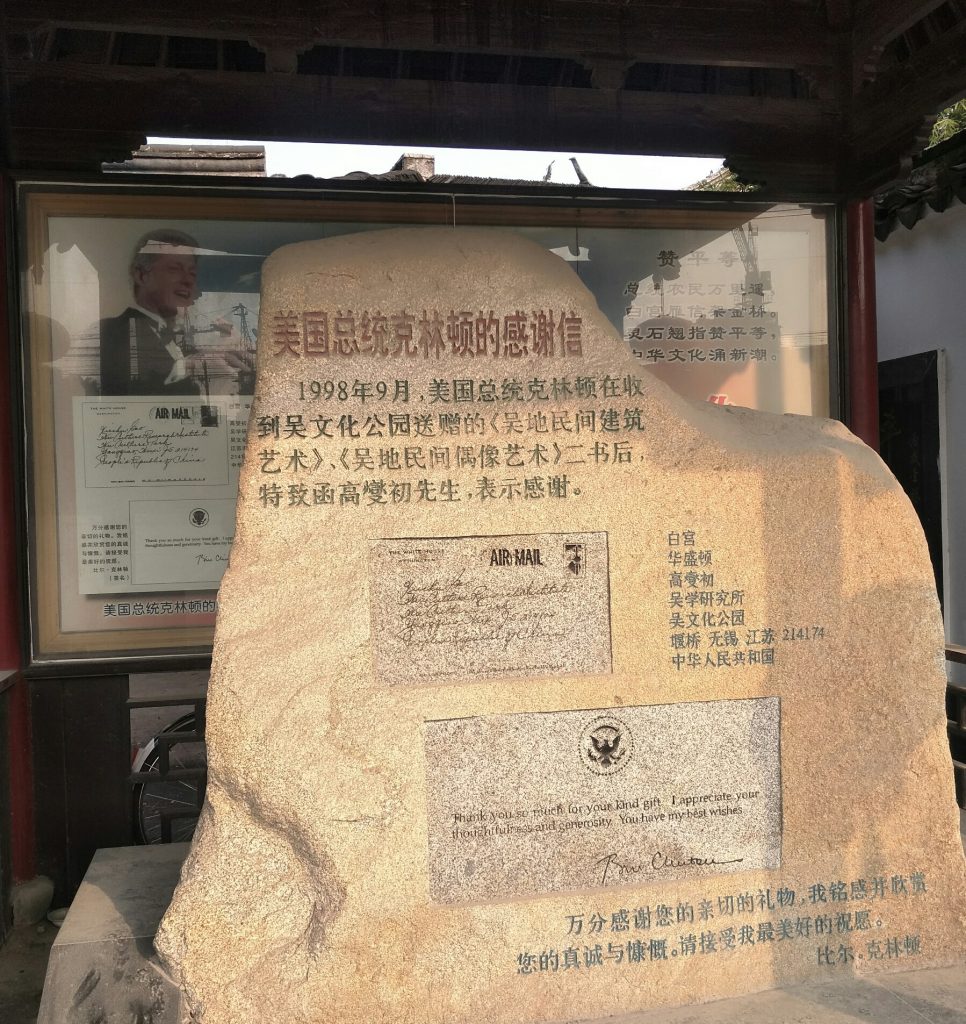
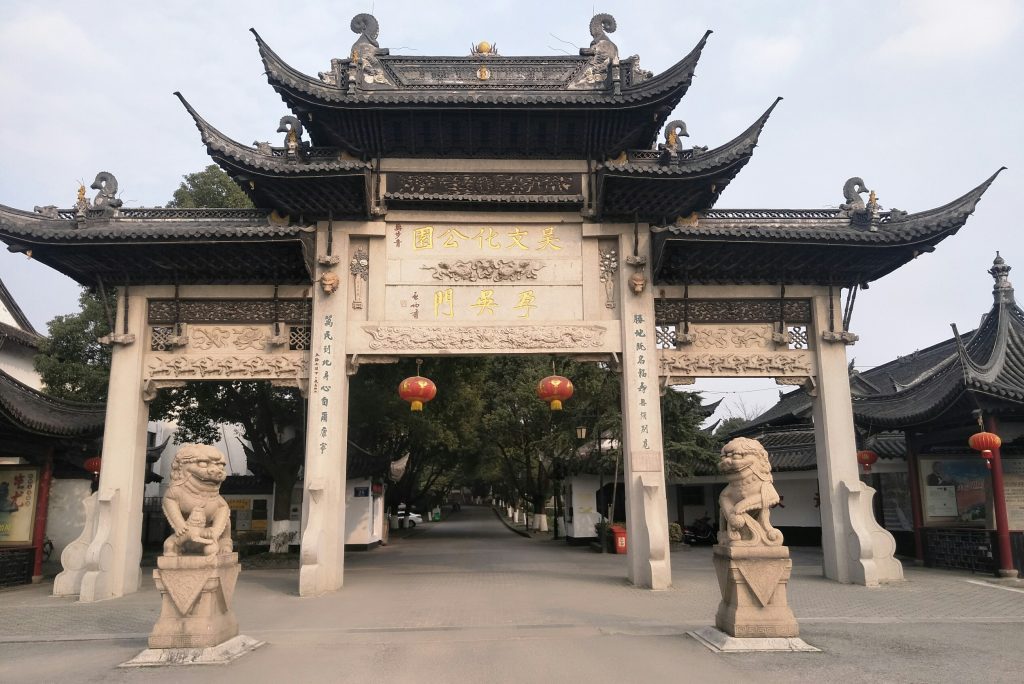
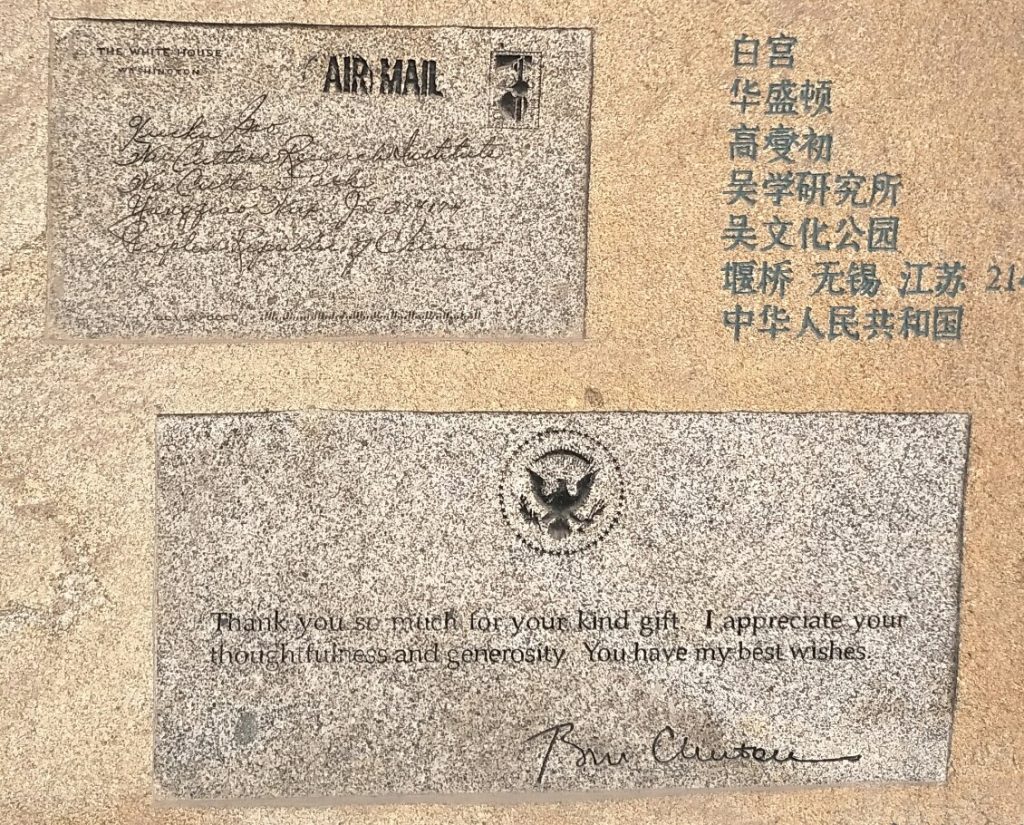







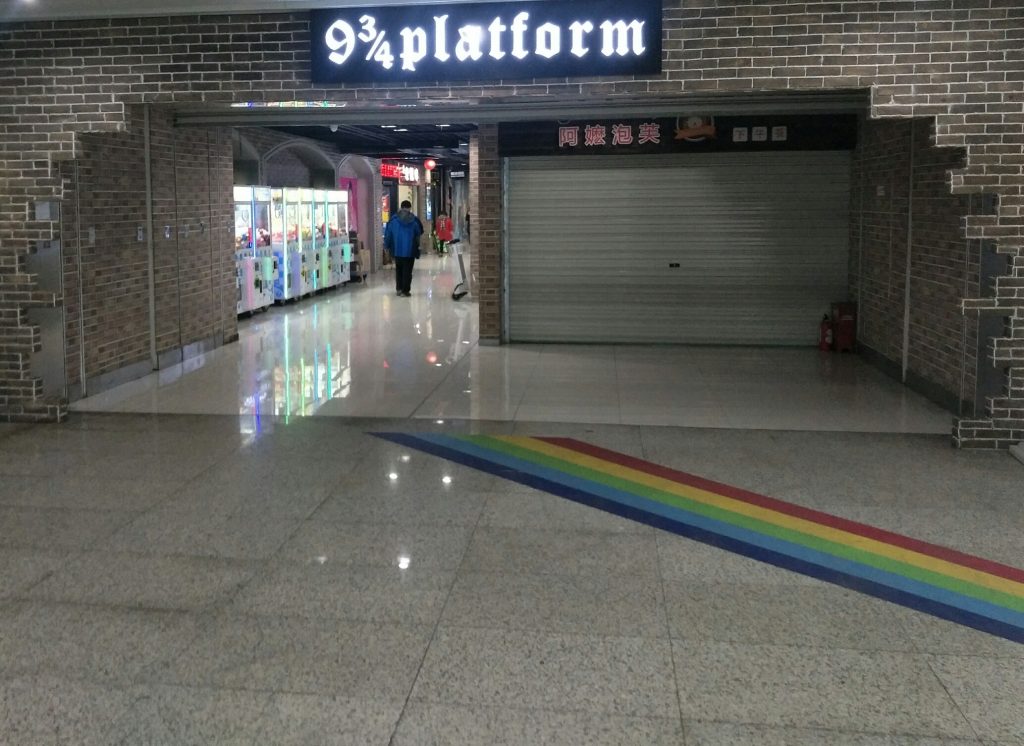
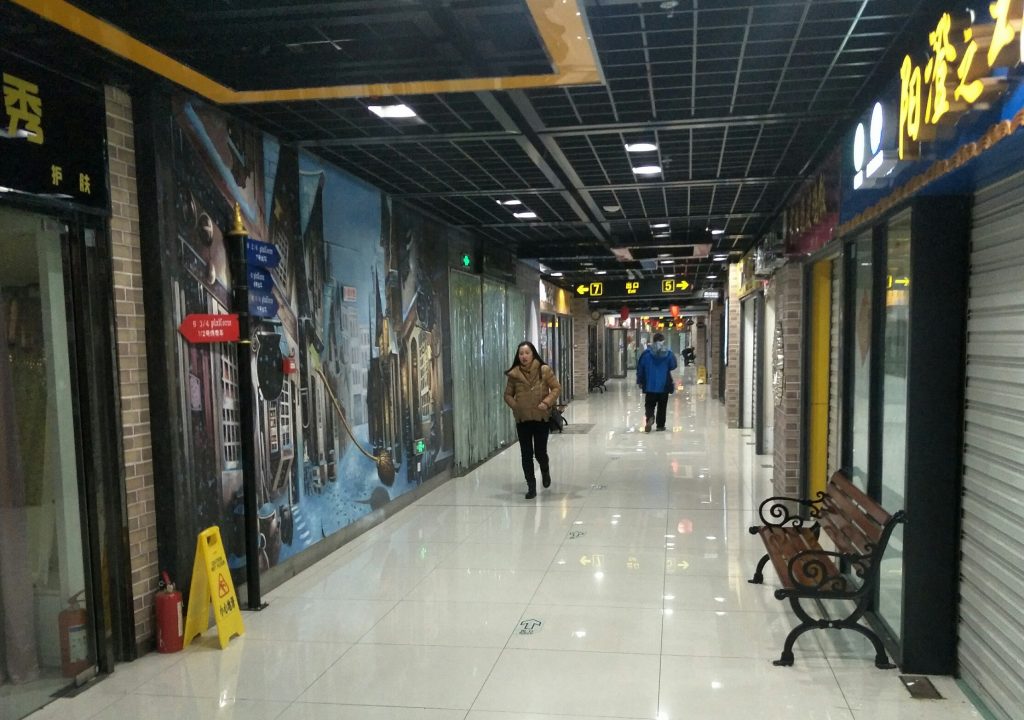
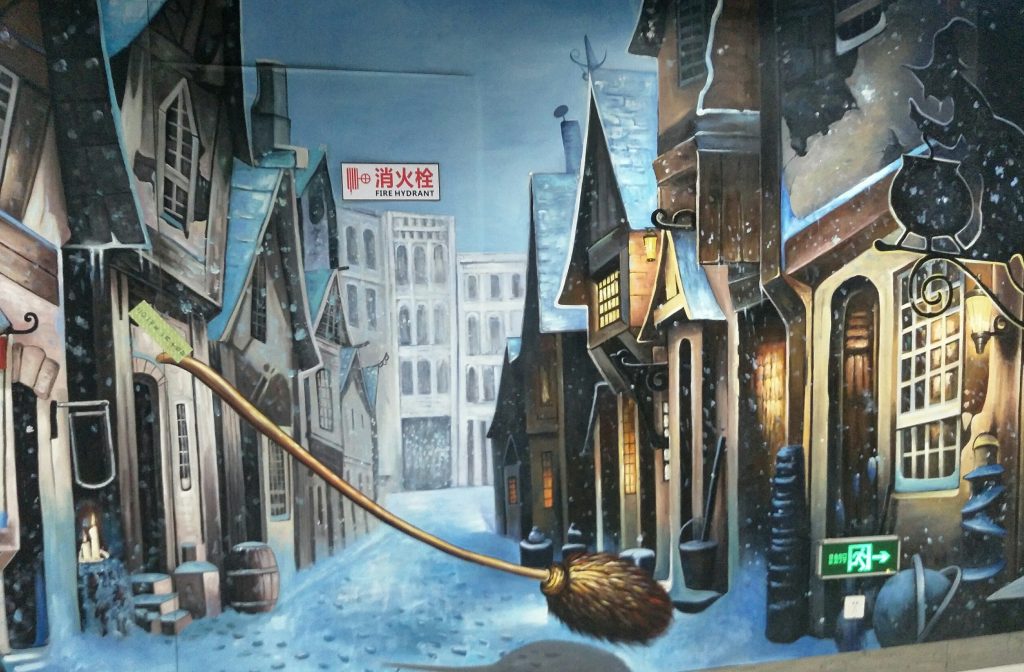
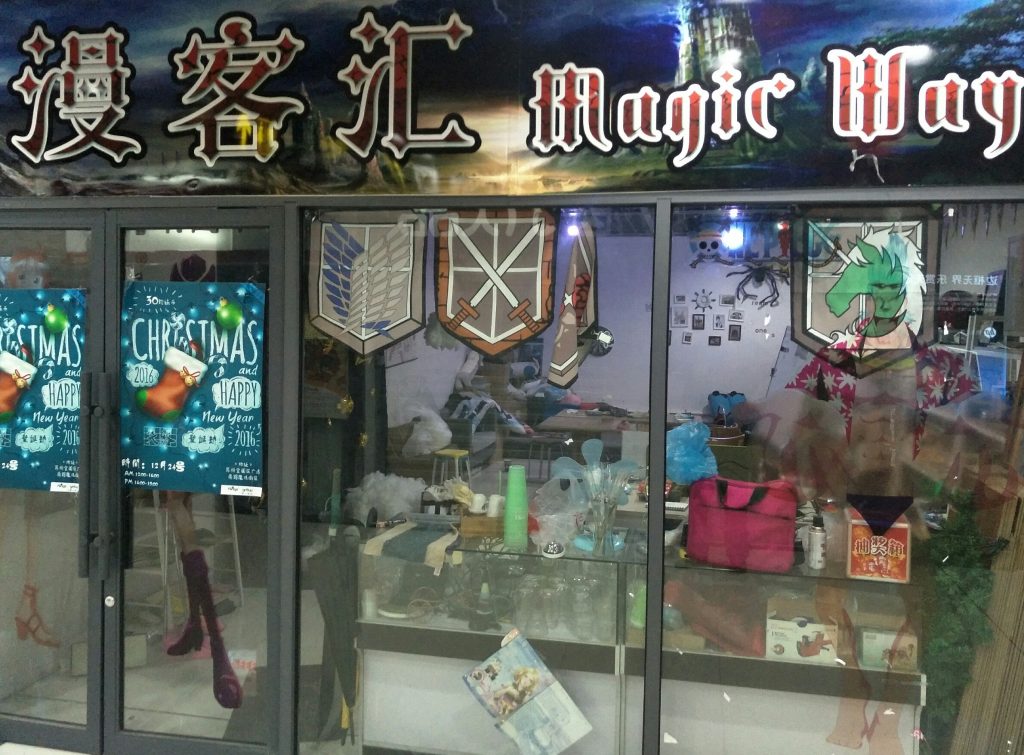
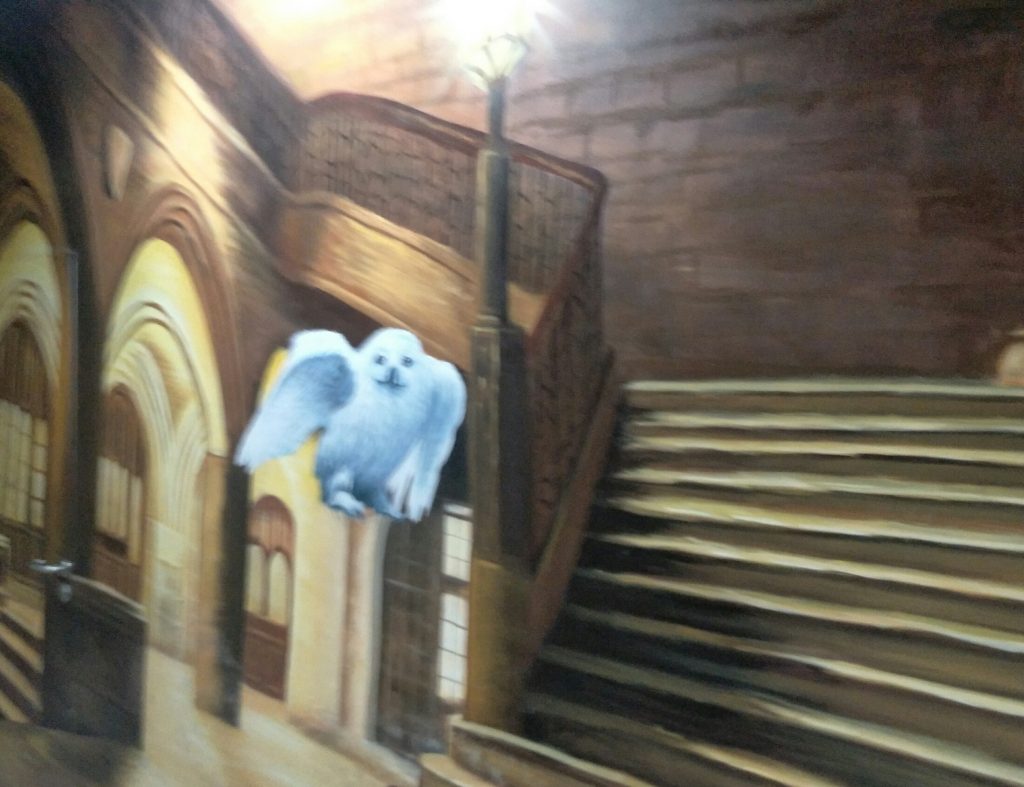
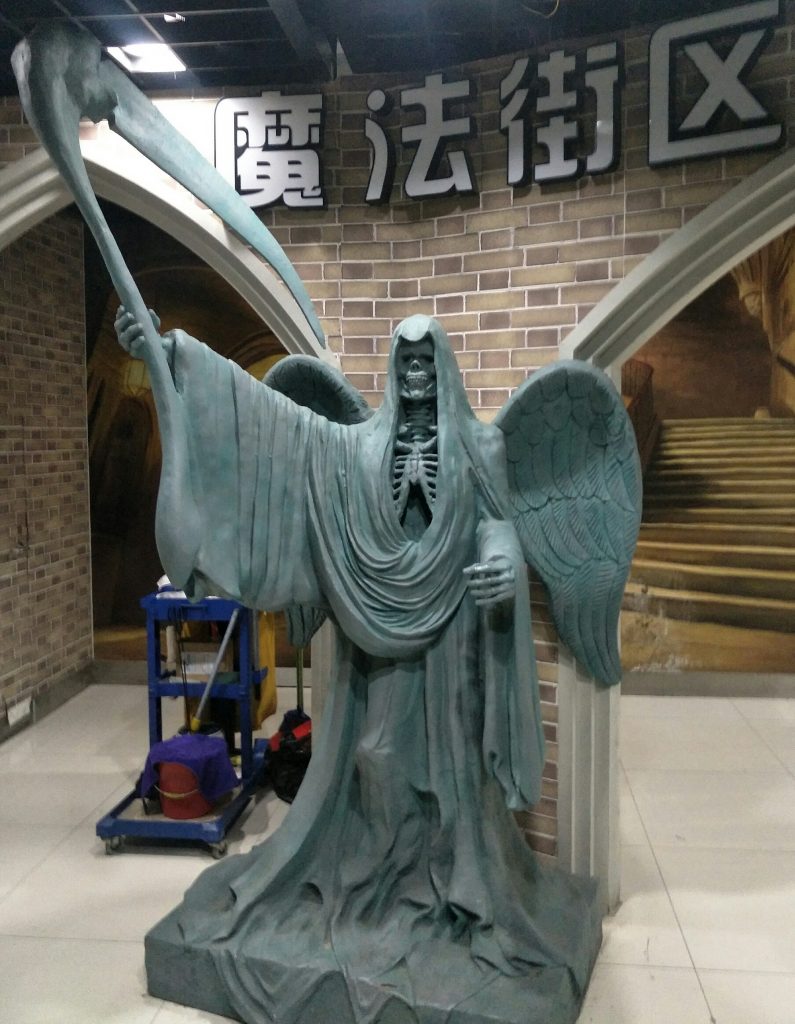
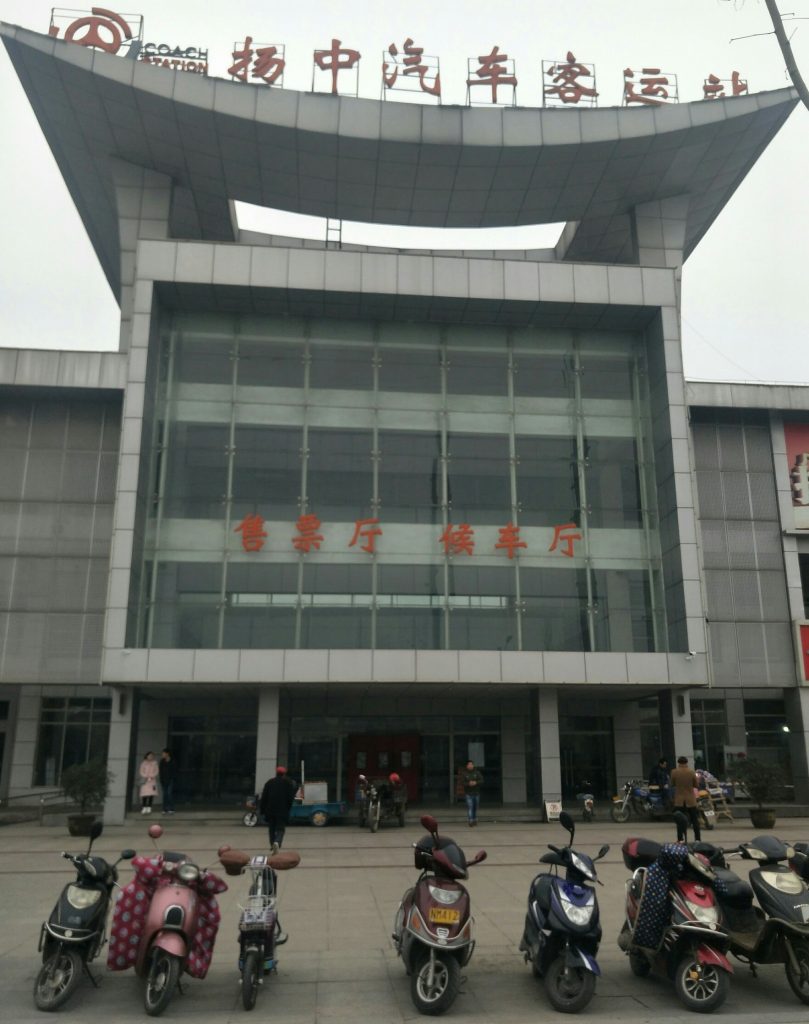
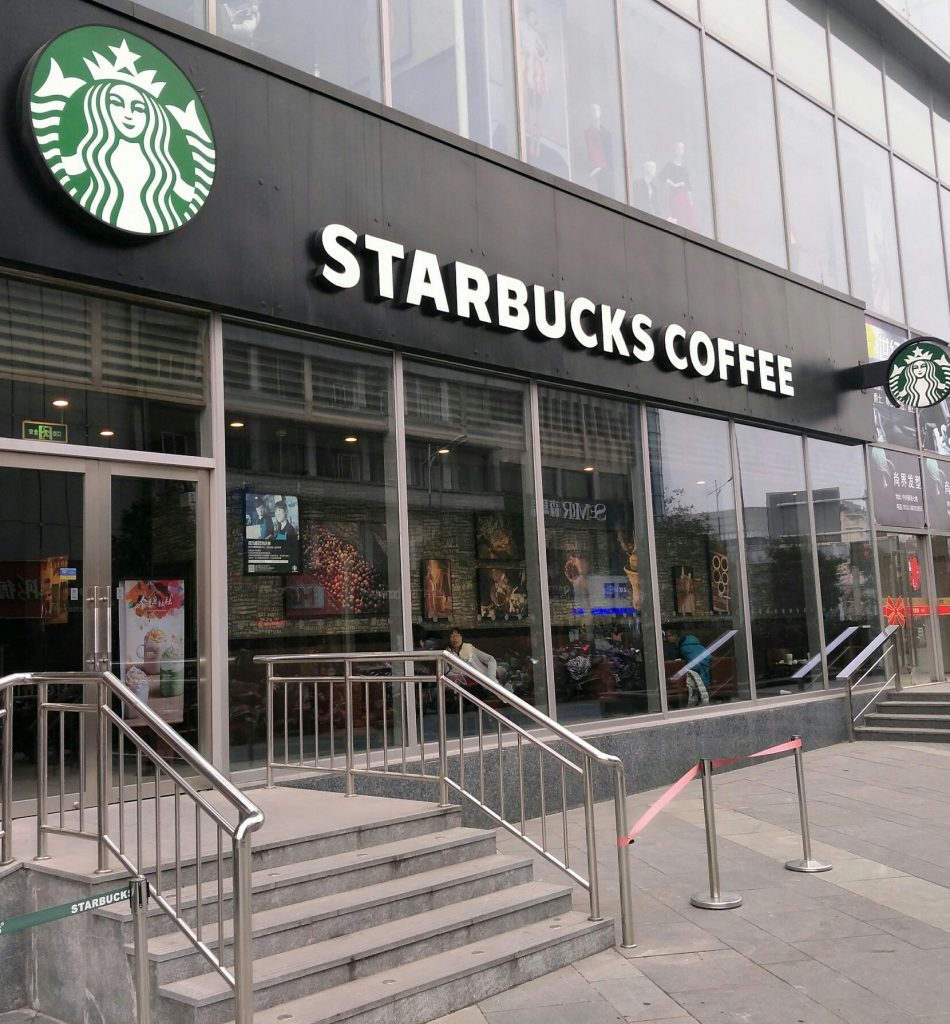
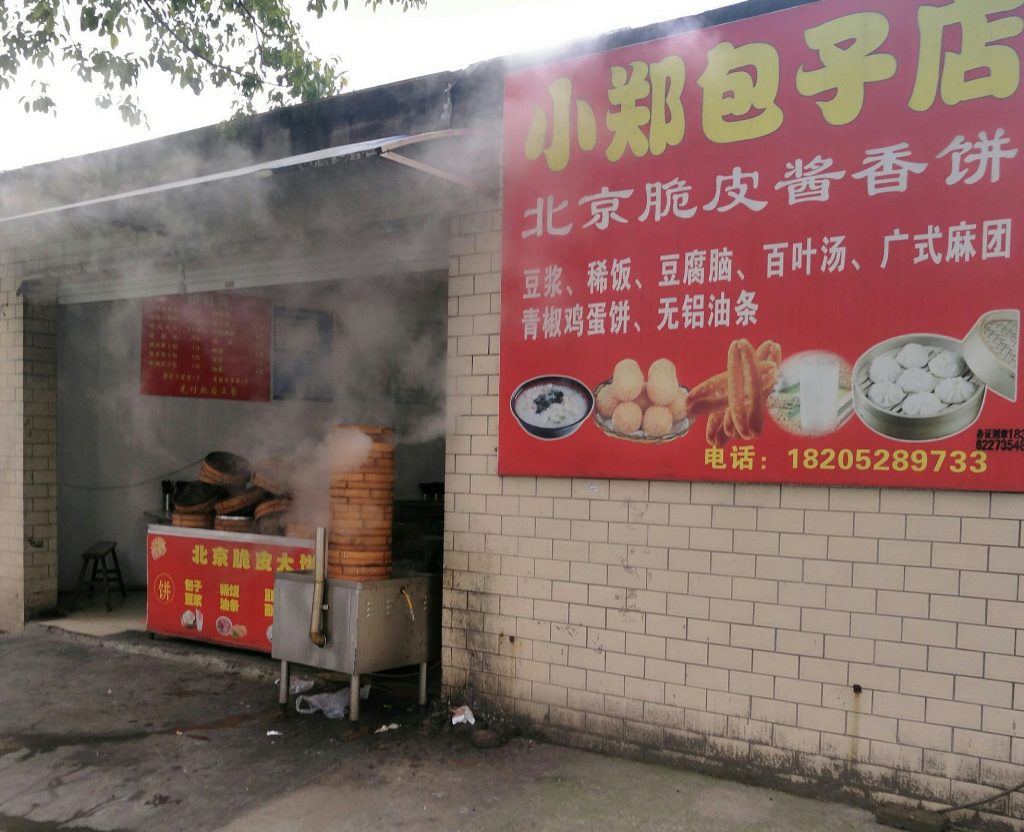
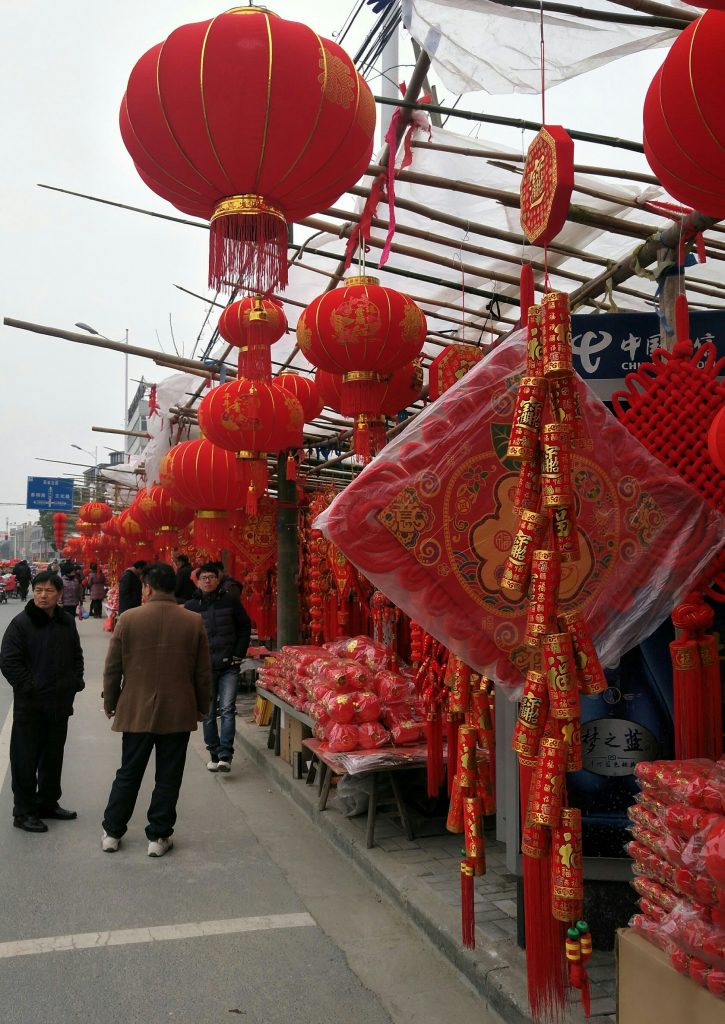
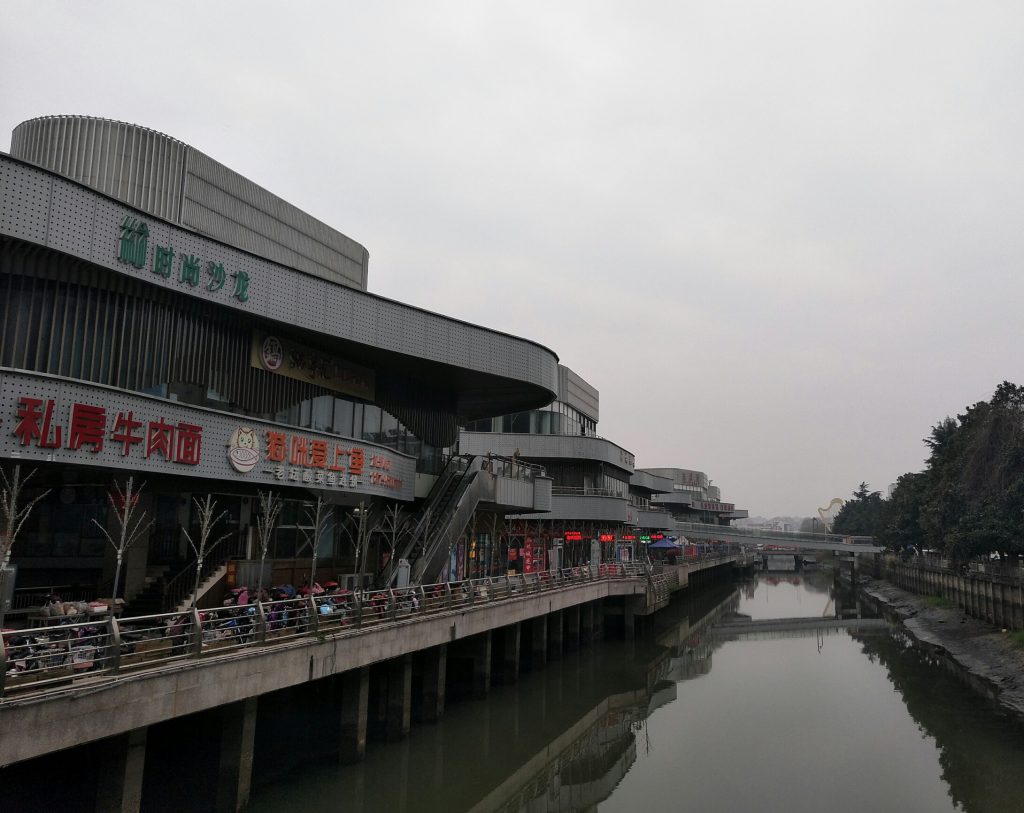
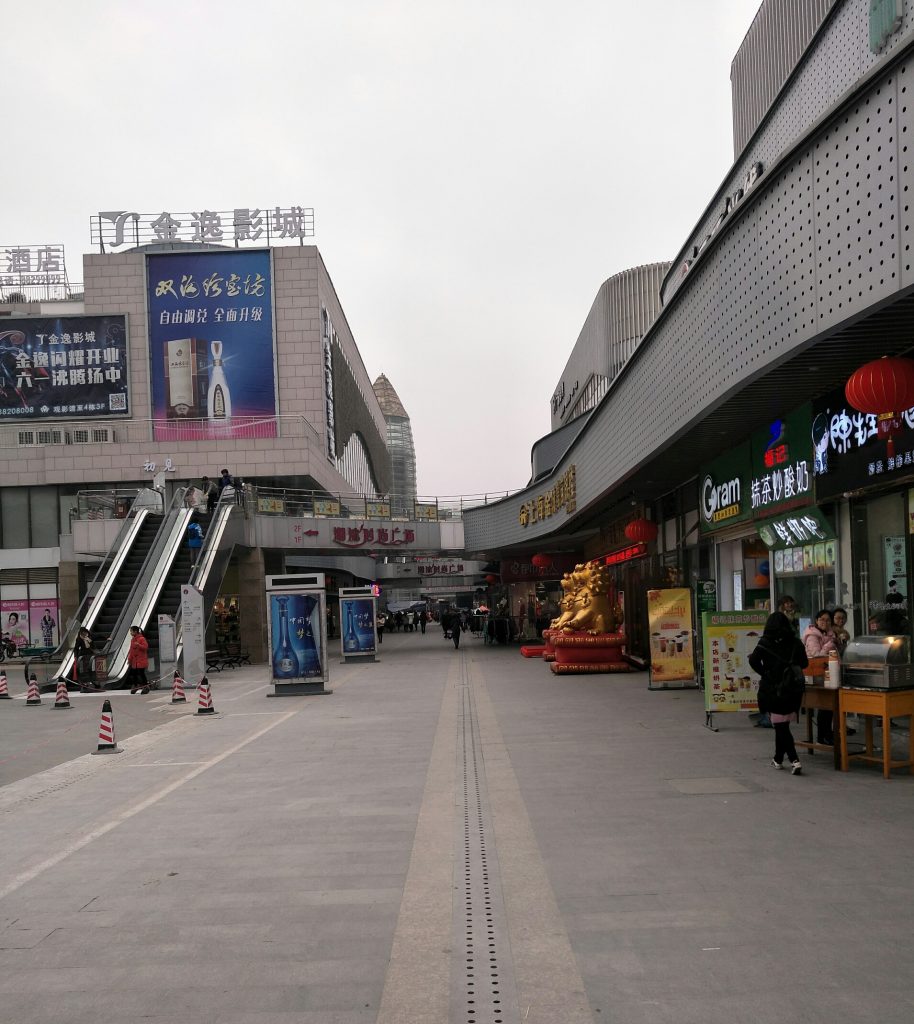
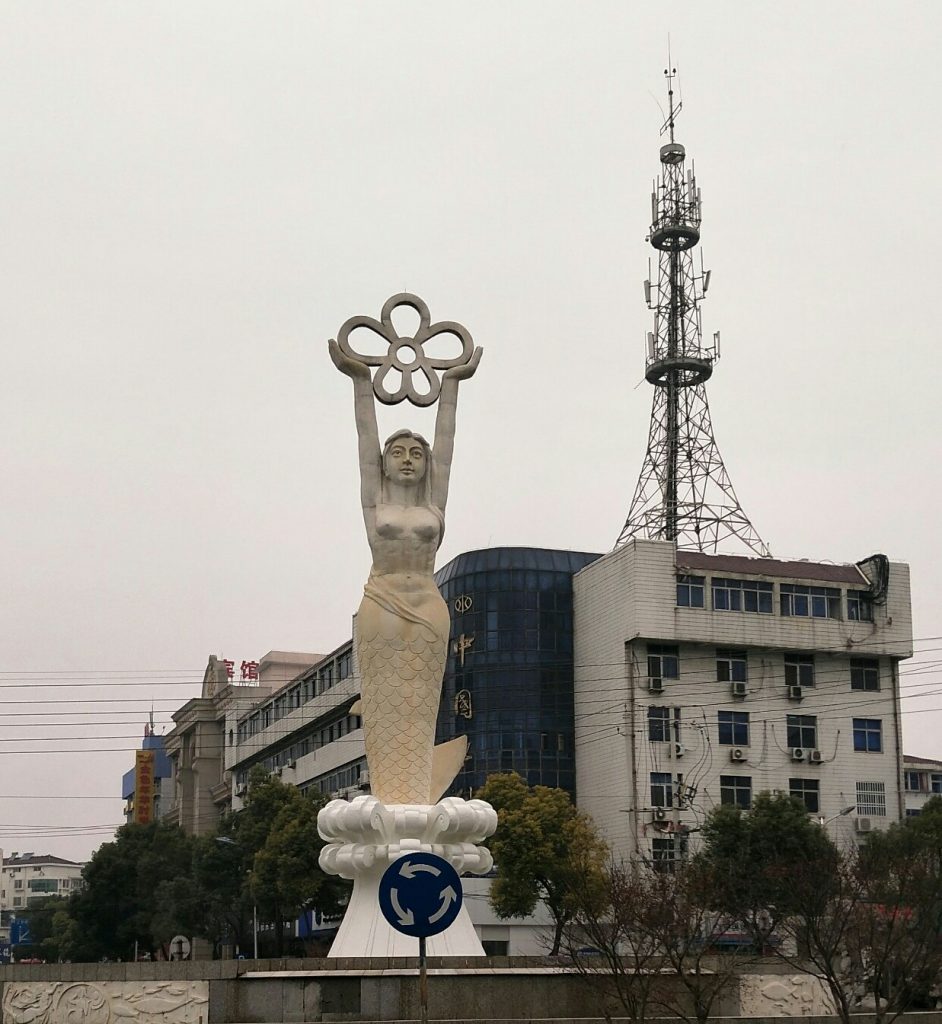
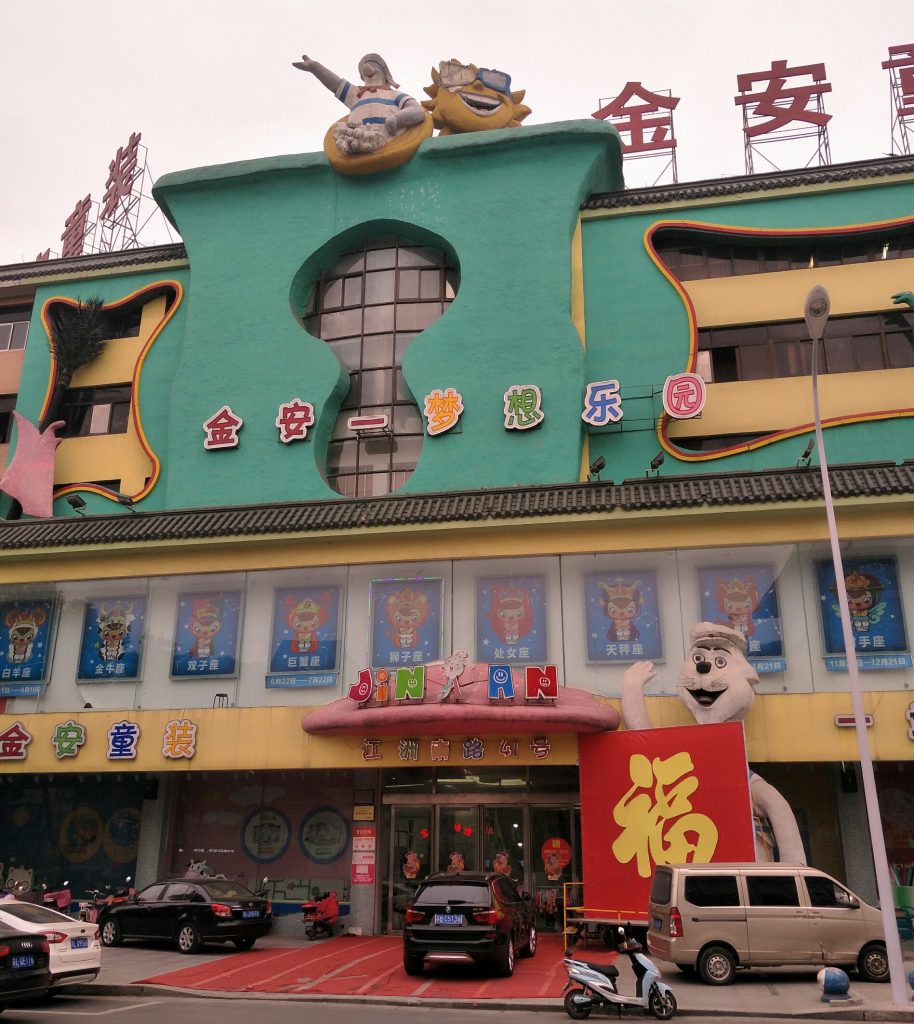
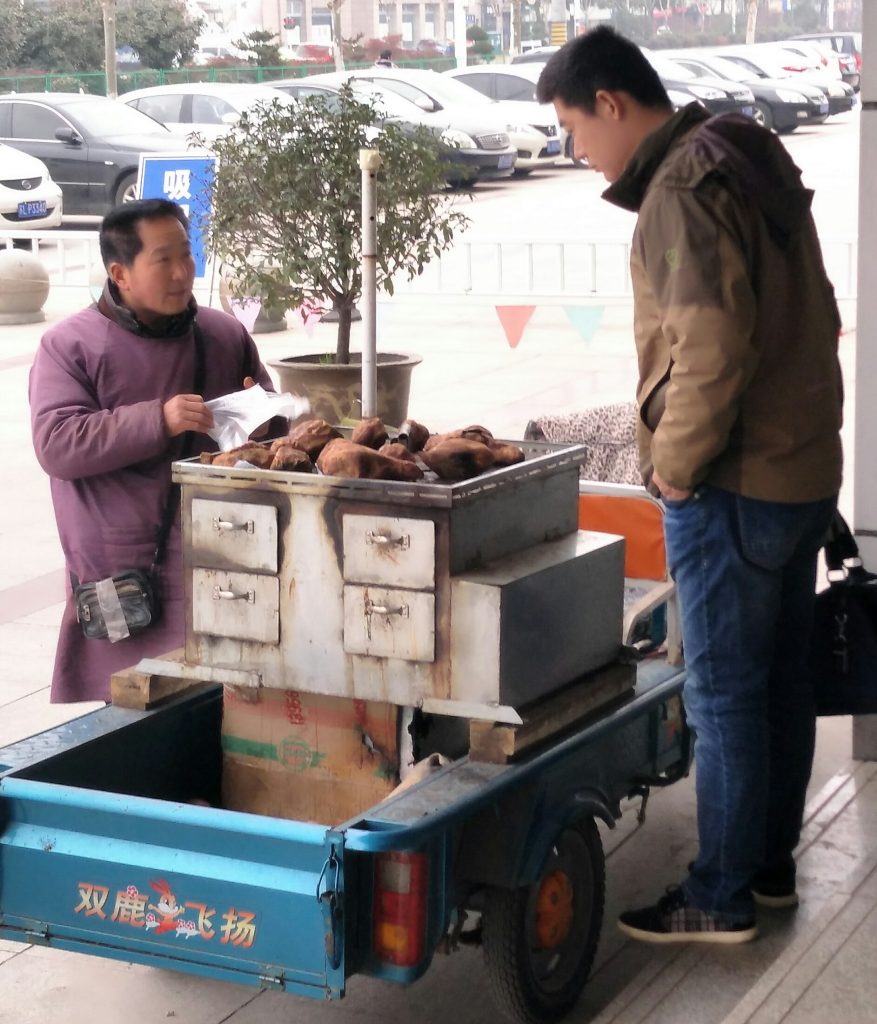
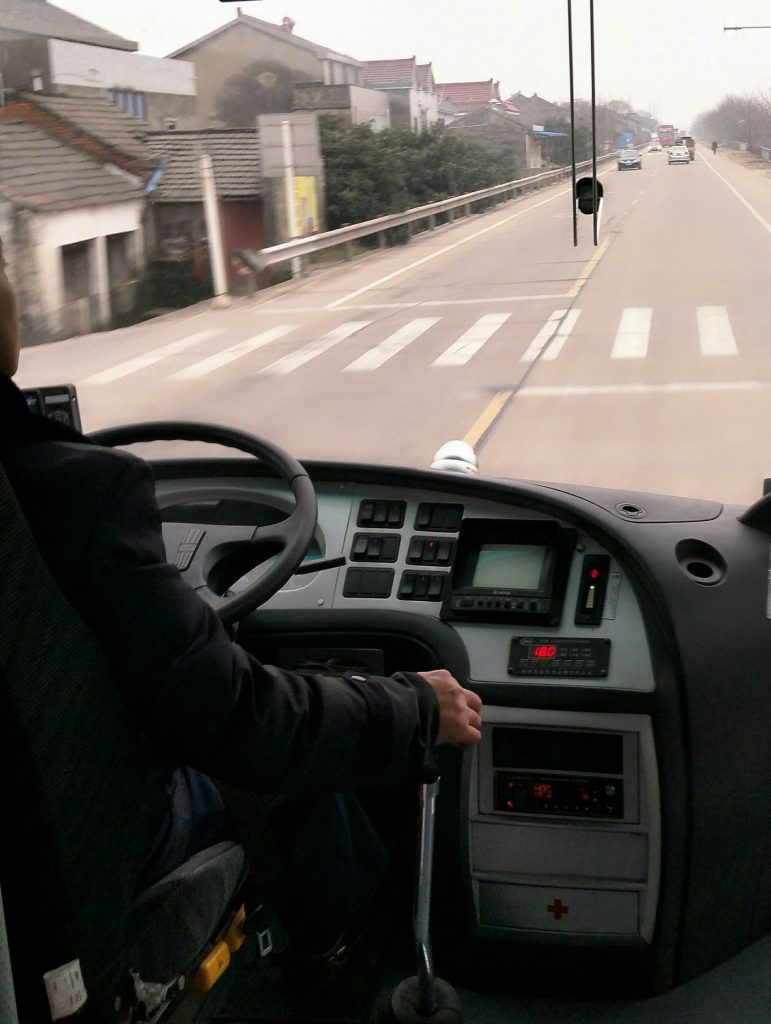




 While visiting Jiangyin either on business or as a tourist, there are a few western restaurants to consider eating at. While the city is smaller than Changzhou and belongs to Wuxi, Jiangyin is highly developed and quite modernized. There is one spot in the downtown area that seems to be central to dining and nightlife. Yijian Road has a lot of bars and restaurants.
While visiting Jiangyin either on business or as a tourist, there are a few western restaurants to consider eating at. While the city is smaller than Changzhou and belongs to Wuxi, Jiangyin is highly developed and quite modernized. There is one spot in the downtown area that seems to be central to dining and nightlife. Yijian Road has a lot of bars and restaurants.


